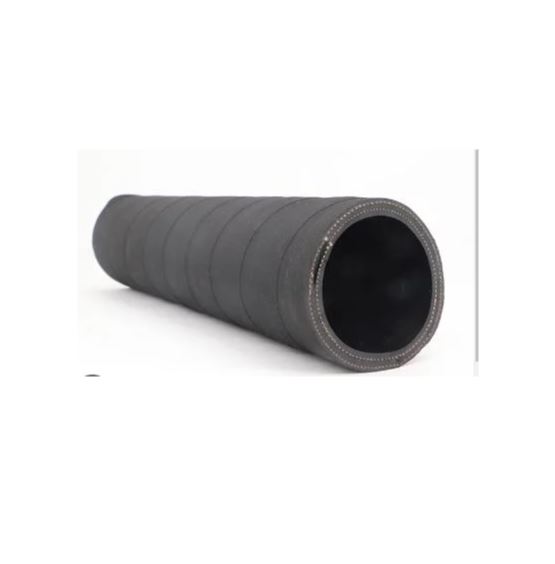pvc layflat hose
Understanding PVC Layflat Hose A Versatile Solution for Various Applications
PVC layflat hose, known for its durability and flexibility, has become a popular choice across various industries. Made from high-quality polyvinyl chloride (PVC), this type of hose is engineered for efficient water and fluid transport, making it ideal for agricultural, construction, and industrial applications.
Understanding PVC Layflat Hose A Versatile Solution for Various Applications
The construction of PVC layflat hose typically involves a blend of PVC materials and reinforced yarn, providing added strength and resistance to abrasion. This ensures that the hose can withstand varying pressures and is less likely to rupture, even under heavy use. Additionally, PVC layflat hoses are resistant to a variety of chemicals, which makes them suitable for transferring not just water but also some liquid fertilizers and other non-aggressive chemicals.
pvc layflat hose

Another essential aspect of PVC layflat hose is its versatility. Available in various diameters and lengths, they can cater to a wide range of needs. Farmers can utilize them for irrigation systems, ensuring efficient water distribution across fields, while construction sites can use them for dewatering or transferring water to and from different areas. Industrial facilities also find these hoses effective for transferring liquids in manufacturing processes.
Maintenance of PVC layflat hoses is relatively simple, further enhancing their appeal. Regular cleaning and inspection can help prolong their lifespan. Users should ensure that the hose is stored in a cool, dry place when not in use, away from direct sunlight, to prevent degradation.
In summary, PVC layflat hose represents a practical and versatile solution for fluid handling needs in various sectors. Its ease of use, resistance to wear, and portability make it an excellent choice for anyone looking to enhance their water or fluid transfer capabilities. Whether in agriculture, construction, or industrial settings, the PVC layflat hose stands out as a reliable tool that meets diverse demands efficiently. As industries continue to evolve, the role of such hoses in ensuring effective resource management and operational efficiency remains critical.
-
Top Quality Oxy Acetylene Hoses for Sale Fit for Welding DemandsNewsJul.28,2025
-
The Future of Pneumatic Air Tubes in IndustryNewsJul.28,2025
-
Superior and Reliable LPG Hose Pipe Solutions for Every NeedNewsJul.28,2025
-
Exceptionally Durable and Versatile Premium Braided PVC TubingNewsJul.28,2025
-
Best Adapters for Connecting Garden Hose to PVC Pipe ConnectionsNewsJul.28,2025
-
The Essential Role of LPG Hoses in Safe and Efficient Gas DistributionNewsJul.16,2025














